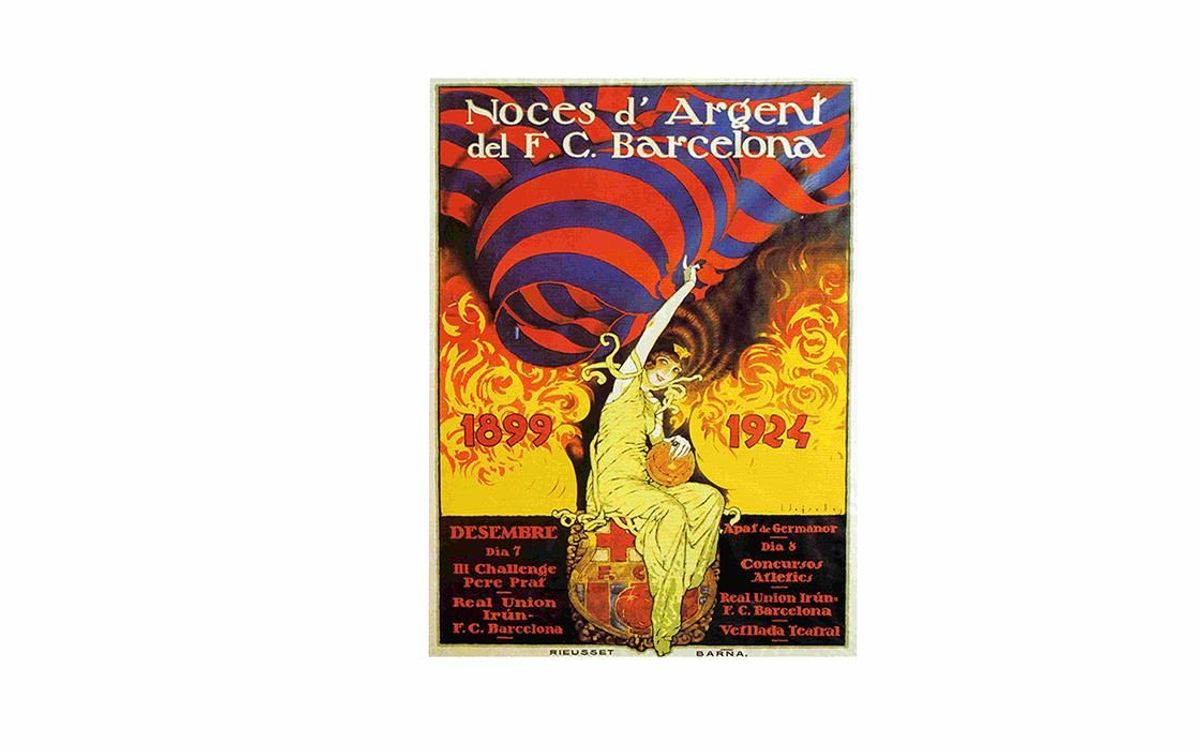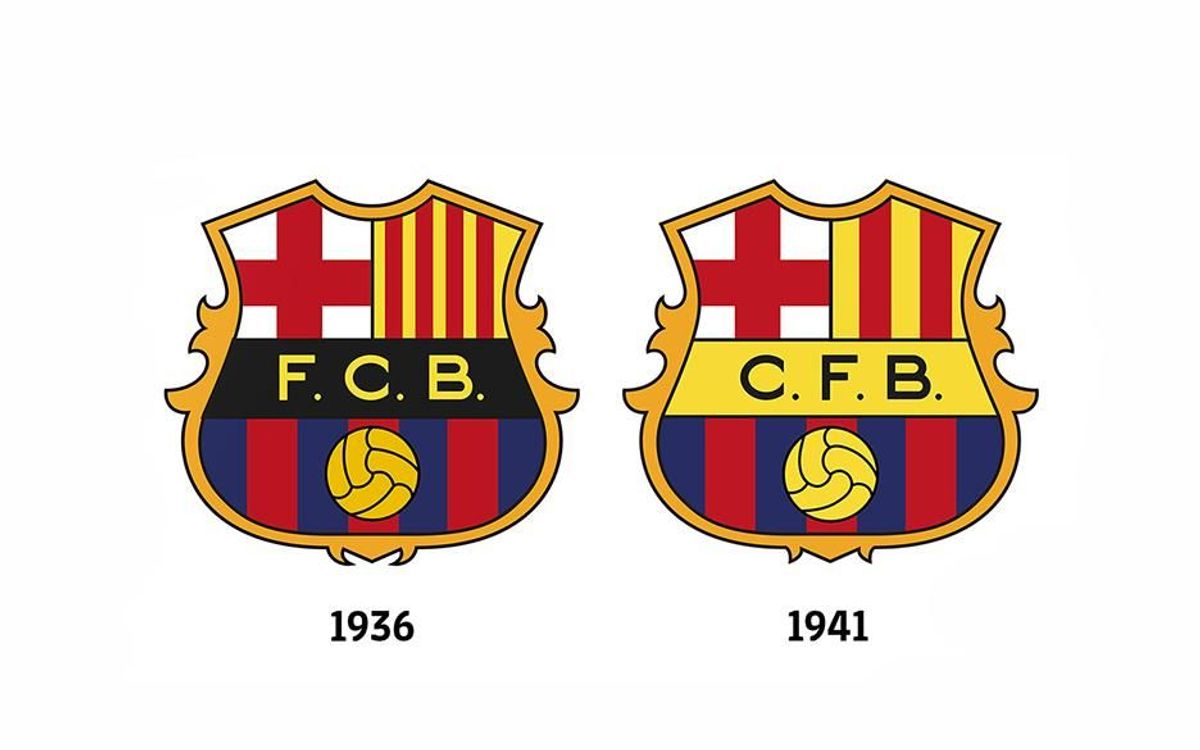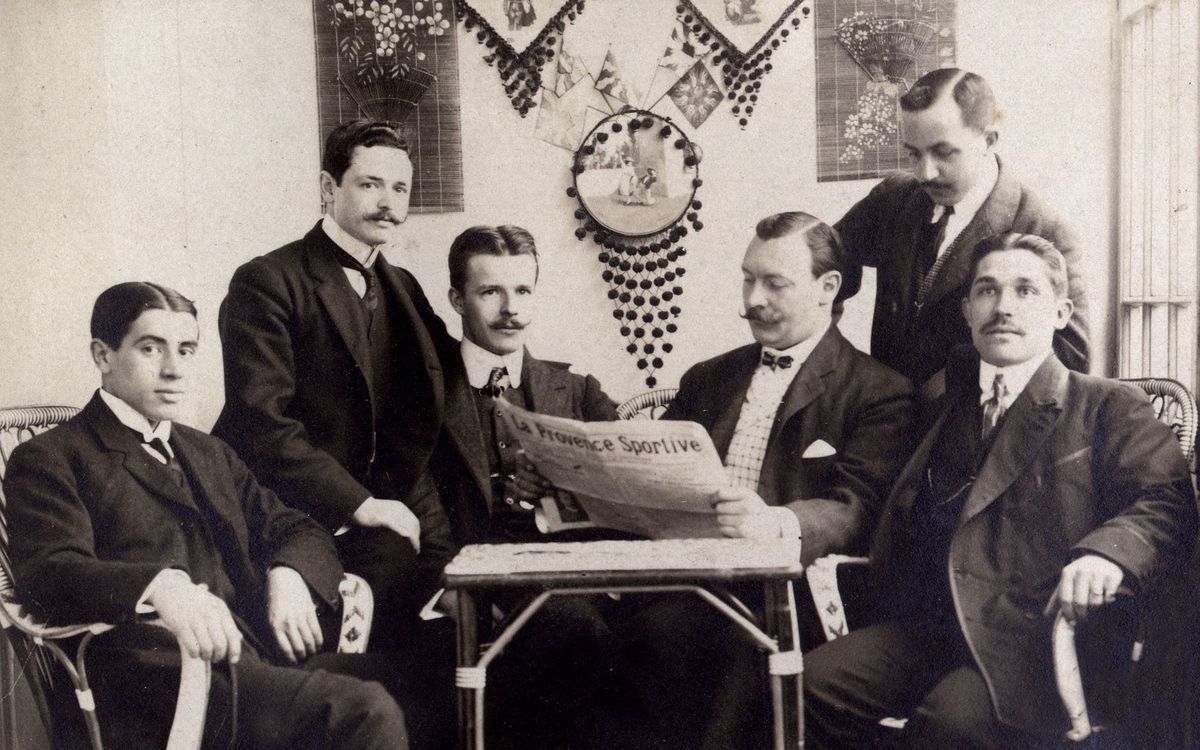When there were no elections at Barça (1899-1952)
- label.aria.viber Viber
- label.aria.whatsapp WhatsApp
- label.aria.twitter Twitter
- label.aria.facebook Facebook
- label.aria.messenger Messenger
- label.aria.link label.aria.tick Copy link
Today, no option to become president of Barça is contemplated other than the democratic elections, though this has only been the case since 1978. On March 7, the fourteenth presidential elections will be held, and over the next few weeks, The Center for Documentation and Studies will publish a series of four articles to gain an in-depth understanding of the democratic evolution of the club and how the people who have led the entity throughout its history have been chosen.
It all started on November 29, 1899 when Joan Gamper and eleven friends founded FC Barcelona and had to appoint a president for the new entity. Gamper proposed Walter Wild, and everyone agreed.
From then on, a sort of friendly and agreed presidential rotation was established. This system was the procedure for electing the club's presidents for a long period of time, and is how Bartomeu Terrades, Paul Haas, Arthur Witty, Josep M. Soler, Juli Marial and Vicenç Reig were chosen.
This election system would be reflected in the entity's governing documents. In the 1902 Statutes of Foot-ball Club Barcelona, in its third chapter, article 9 and successive ones, it is stated that "The Society will be governed by a Board of Directors of seven members". This meeting will be renewed annually, with the possibility of being re-elected, and the responsibility of appointing the positions will be the responsibility of the General Meeting. The Statutes of 1911 will modify these conditions, extending the members of the board to nine with a term of two years.

Poster commemorating the 25th anniversary of FC Barcelona. (1899-1924) by Josep Sagrelles
At the end of 1908, Gamper became president for the first time in the context of serious internal crises that endangered the survival of the institution. Gamper would also be president on four other occasions, in 1910, 1917, 1921 and 1924. His charismatic figure dominated Barça throughout that period, leading him to great success.
By the early 1920s, Barça were already the great sports entity in Catalonia. Successful in sports, relevant in the social sphere and with enormous civic and cultural significance, they had Catalanism as its cornerstone. The club grew from 3,000 to 12,000 members in just four years, with the members continuing to choose their president in assembly at the beginning of the dictatorship of General Primo de Rivera (1923-1930), when the civil governor of Barcelona, Joaquín Milans del Bosch, decreed the closure of the club for six months after a whistle during the Royal March at a match against Jupiter in homage to Orfeó Català. As well as the club being closed, Gamper was 'invited' to leave the presidency and go into exile, with Jupiter forced to change their crest. Only the intercession of Arcadi Balaguer - closely related to the monarchy - managed to save the club from complete disappearance. Arcadi Balaguer was the first president of the club imposed by the authorities, and he held office until 1929, practically until the end of the regime. However, the rest of the positions on the board continued to be elected in an assembly of delegates, as can be seen in the official gazettes of the time.
This intervention of the state on behalf of the club ended with the weakening of the dictatorship. During the presidencies of Tomàs Rosés, Gaspar Rosés, Antoni Oliver, Joan Coma and Esteve Sala, however, the difficult circumstances of the time had to be dealt with; a time when the arrival of the Second Republic and social politicisation coincided with Barça's decline.
The new version of the 1932 Statutes, promoted during the presidency of Joan Coma, established a board of directors of eleven members elected by the Ordinary General Assembly with the possibility of being re-elected. Article 16 dictates that the members of the council "shall be renewed by thirds each year, and shall remain in it for a period of three years".
On July 27, 1935, Josep Suñol assumed the presidency of FC Barcelona in a very complex economic and social context, both in terms of the entity and the country. The club were initially able to move forward, but due to the outbreak of the civil war, it truncated. Everyone and everything was threatened, including a normal way of the life, and Josep Suñol was assassinated by rebellious soldiers in the Sierra de Guadarrama (Madrid) during the first days of the coup whilst on a trip.
On August 15, 1936, at the peak of the revolutionary maelstrom in Barcelona, the club was seized by an Employees Committee led by Rossend Calvet, Josep Farré and Josep Pujol. However, if you consult the minutes books of the club, you can discover the true nature of this action. They say that "by a union unit the pitch at Les Corts had been requisitioned" and that, in response, "the employees of FC Barcelona who, in contact with the Board of Directors, in anticipation (...) had received with prior consent to seize, if necessary, the entity (...) motivated by the esteem and affection they feel for FC Barcelona". In 1937, with the loss of influence of anarcho-syndicalism, Barça returned to normal, with Francesc Xavier Casals taking office as president after being appointed at a meeting of the board of directors.
The end of the civil war and the establishment of the Franco regime marked a new point in the history of the club and its governance. The Franco regime had the will to exercise vertical control of Spanish sport executed with an iron fist, trying to impregnate it with the fascist and militarist values of the regime. There was a clear will to annihilate the civic character and sociocultural significance that FC Barcelona had had since its creation, forever. The state assumed, through the National Sports Delegation, the drafting of the statutes of the clubs, the appointment of their presidents and the purging of their leaders, employees and athletes not related to the new order. The members had no right to anything, not even just to meet in assembly.
Thus, in 1939 a Management Commission was imposed on FC Barcelona until the National Sports Delegation decided to appoint Enrique Piñeyro, Marqués de la Mesa de Asta, as the new president. The meeting minutes of March 13, 1940 reproduces Piñeyro's inauguration speech, where he makes it very clear what his priorities will be: “We have to consider our mandate as a service to the cause of the aggrandisement of Spain. In everyone's mind there are past events that should not be repeated." And he continued: "There are things (…) that left so as not to return to Spain, and some of these things also left this club."
This position was reflected in the 1940 Statutes. The club's archive has a copy of these statutes thanks to the donation made by Jordi Finestres and Xavier G. Luque to the Center for Documentation and Studies of FC Barcelona in 2015. In this document is proof of the attempt to denature the club, materialised in the change of name to "Club de Fútbol Barcelona" and of the crest, "which will be the same as it has been until now, divided into two areas (... ) by a strip on a gold background in which the initials CFB are stamped. The upper part will include the city's coat of arms, consisting of a red cross in the left half and two vertical red stripes, on a yellow background," removing the Catalan flag. Luckily the colours didn't change...

The statutes of 1940 express the change of the name and crest of the club
Regarding the club's governance, a council of between 12 and 18 members was established who may or may not have been members of the entity. The president was able to be appointed by the Catalan Football Federation with the approval of the Spanish Federation. In addition, to demonstrate the affinity of the president with the regime, it was necessary to prove where he worked before the war, what he did during the conflict and until its end. These requirements were also extended to officers who, like the president, couldn't resign from office without the approval of the authorities. Lastly, the regime threatened to expel members who "due to their moral, social or political behaviour" deserved it.
This situation continued until a fissure in the regulations allowed that on September 20, 1946, it would be the Barcelona managers themselves who elected Agustí Montal i Galobart as a new president, and with this a certain openness began to be experienced within the club. Montal i Galobart called a first assembly of delegates in July 1948, although the regime only allowed the presence of 1% of the total number of members. FC Barcelona was rebuilding itself socially and sportingly, going from 3,486 members in 1939 to 30,000 at the end of Montal's term. The creation of an advisory council was promoted, the figure of Joan Gamper was restored to the memory of the club, there was a distancing from the regime and the 50th anniversary of the entity was successfully celebrated. Montal was re-elected by acclamation and in 1952 he transferred power to manager Enric Martí Carreto.
- label.aria.viber Viber
- label.aria.whatsapp WhatsApp
- label.aria.twitter Twitter
- label.aria.facebook Facebook
- label.aria.messenger Messenger
- label.aria.link label.aria.tick Copy link

